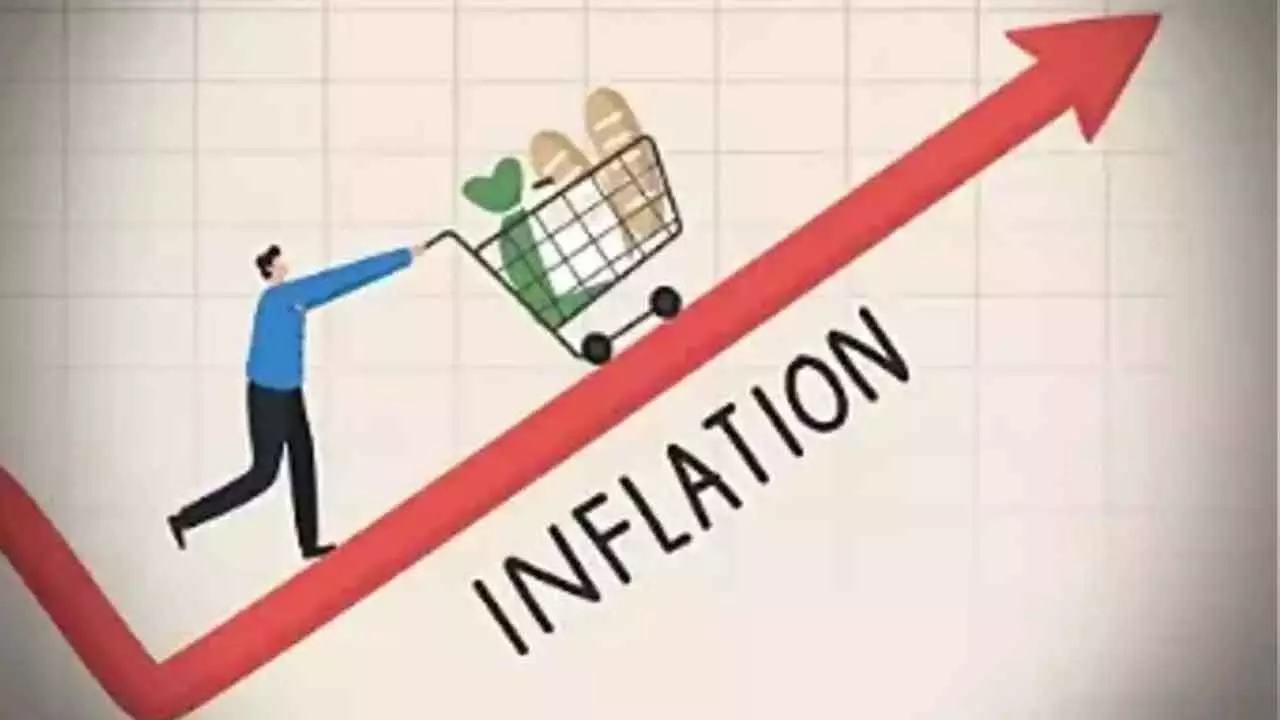Although the MPC has been wary of higher risks to core inflation from food, core inflation is likely to average 3.6 per cent in FY25 and not rise above four per cent by year-end. However, the Reserve Bank of India (RBI), according to Emkay, is likely to continue to emphasize being “actively disinflationary” and maintain a wait-and-see stance to assess several macroeconomic forces, unless, of course, fluctuating global winds force it to focus on financial stability rather than the four per cent inflation mandate. July CPI inflation at 3.54 per cent was lower than June’s 5.08 per cent, mainly due to a highly favourable base effect that was also reflected in food inflation. However, on a sequential basis, headline inflation rose 1.4 per cent — the highest rise in a year, with food inflation rising 2.8 per cent MoM. In the food sector, the continued rise in vegetable prices, led by tomatoes, onions and potatoes, contributed significantly to the increase. Other food components also increased in price compared to the previous quarter, especially pulses. The increase in vegetable prices was due to supply shortages caused by heavy rains across the country.
However, the data for August so far shows a sharp correction as regular supplies resumed along with government interventions. This should allow prices to revert to the mean as quickly as they had shot up. Consumer price index inflation fell to a 59-month low of 3.5 percent in July on the back of a benign base of 5.1 percent in June. Food inflation declined on an annual basis even as sequential momentum was on the upside. After a downward trend in recent months, core inflation stood at 3.4 percent in July on the back of hike in telecom tariffs. The outlook for food inflation is positive due to increase in rainfall across the country. High frequency price data points to easing price momentum in August. Core inflation should also remain subdued as global commodity prices have remained subdued.
However, risks from an unanchoring of household inflation expectations remain. Overall, the BoB expects inflation in the range of 4.5-5 percent for the current fiscal year. The central bank will therefore likely be cautious and a rate change will only be possible once it is assured that inflation has subsided permanently. A rate cut is not expected until December. The early arrival of the kharif crop in the second half of September is likely to mitigate this sequential rise in food prices. However, according to CareEdge, it will be crucial to monitor the temporal and spatial distribution of the monsoon and the progress of kharif sowing. Although rainfall across India is currently about 6.3 percent above normal, key agricultural regions are recording double-digit rainfall deficits. This is worrying as reservoir levels, particularly in northern India, are both below normal and below last year’s levels. Controlling price pressures in the food basket is crucial as they can significantly affect household inflation expectations.

